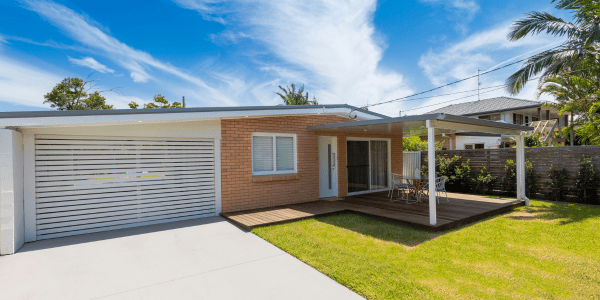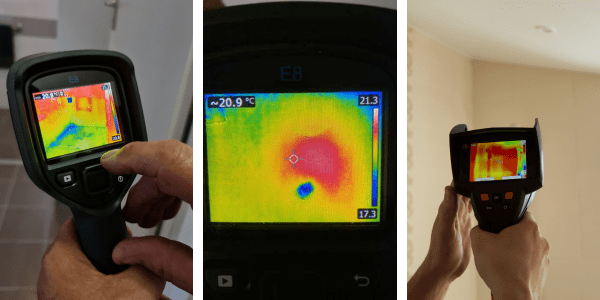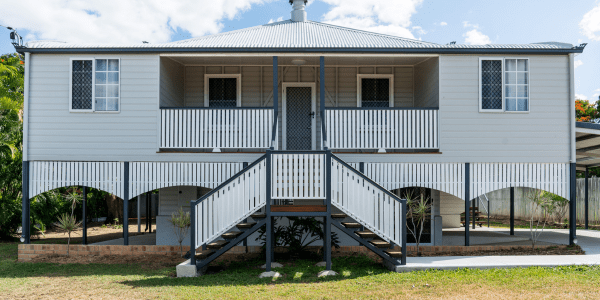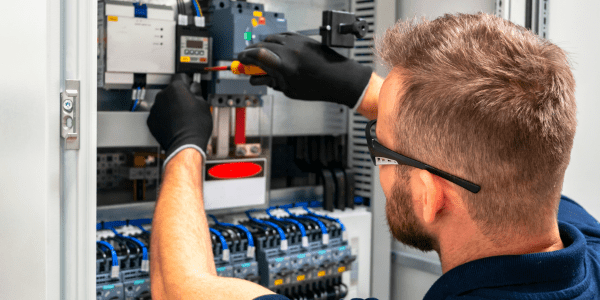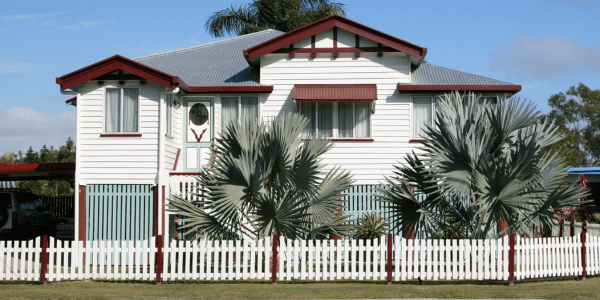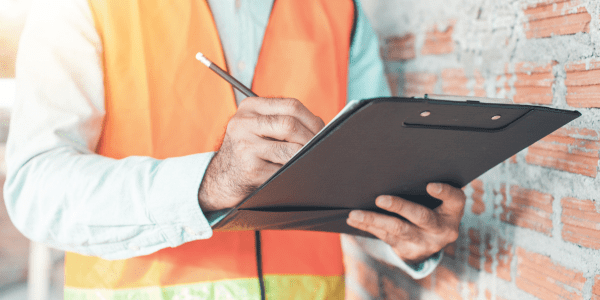7 Things You Need To Know About Building And Pest Inspections
How to identify termites.
Do you think that you have found termites? Learn how to identify termites in Australia.
1. It is actually two inspections combined: a building inspection and a timber pest inspection
The building inspection is a comprehensive visual inspection looking for major and minor building defects. This can include items like major cracking in walls, poor insulation in the ceiling or cracks in foundation stumps to name a few. It also checks the property for safety hazards and other issues that affect the livability of the property.
The timber pest inspection is looking for any evidence of termite activity or damage – both past and present. During this part of the inspection, the building and pest inspector will use a moisture meter, thermal imaging camera and sounding tool. Termites are elusive creatures and will often cause damage to a home that’s out of sight. This equipment helps our inspectors to detect signs of termite activity. Such as hollow sounds in timber, hot spots behind walls (indicative of a termite nest), and areas of high moisture.
2. Building and pest inspections must be completed by a licensed inspector
This may seem like a no-brainer but you would be surprised by how many people believe they can conduct the inspection themselves or get a friend to do it. Unfortunately, this is not a wise decision. In Queensland, all building inspectors must be licensed by the Queensland Building and Construction Commission (QBCC).
In order to get this license, someone must have held a registered builder's license for a minimum of 5 years. This ensures that only people who have the necessary skills and experience can conduct building and pest inspections. They have the training and expertise to know exactly what to look for and can save you thousands from undetected building defects and termite damage.
3. Each inspection and report is completed in accordance with Australian Standards
Each building and pest inspection and report is completed in accordance with Australian Standards. Thus, building and pest reports are recognised by real estate agents, lawyers and conveyancers.
This means can withdraw from the contract of sale based on the building and pest inspection should the need arise. You can also use the building and pest report as bargaining power during negotiations. For example, if major defects are found you can negotiate with the vendor to have the repairs fixed prior to purchase. You may also be able to negotiate a lower purchase price.
4. There are limitations to a building and pest inspection
It is important to note that a building and pest inspection is only a visual inspection. Consequently, building and pest inspectors will not be able to detect issues they cannot see. For example, if the home is unoccupied, it is unlikely that a leaking pipe will be evident because there will be no moisture to detect. Likewise, they cannot see behind walls, under carpet or inspect areas they cannot access. Unfortunately, this means some issues may only be discovered after moving in or during renovations.
Under Australian Standards and QBCC, building and pest inspectors cannot check items that are outside their scope. For instance, building and pest inspectors cannot check electrical work, plumbing and other household items. As they are not licensed to do so.
5. You are welcome to attend the inspection
We recommend attending the inspection if you are able. As it provides a great opportunity for you to see the inspector’s findings in person and ask any questions on the spot.
A good building inspector will be able to explain their findings in ‘layperson’ terms and provide clear advice. They may not be able to give you a quote for repairs but they will give you a clear understanding of what repairs are needed and which trade to contact.
6. The time and cost of the inspection varies between houses
The time and cost of building and pest inspections vary depending on the size and condition of the property. Understandably, a large Queenslander-style home with a subfloor will take longer to inspect than a new property built on a slab. In addition, if the property is located on an island, has a granny flat or additional living spaces, it will cost more than standard-sized properties.
At Dedant Building and Pest Inspections, we generally allow an hour and a half for each inspection. Inspections for apartments start at $320 including GST and from $440 including GST for houses (April 2023).
7. The building and pest inspector is available for follow-up questions
At Dedant Building and Pest Inspections, every inspector has your best interest in mind. That's why we provide ongoing customer care after the inspection with office staff and inspectors available to answer any follow-up questions you might have. In fact, each report has the inspector's direct phone number on the last page of the report for you to contact them directly.
Have peace of mind with Dedant Building and Pest Inspections
For a thorough building and pest inspection, book with Dedant Building and Pest Inspections. With all our inspectors having over 30 years of experience, you can trust that you're getting reliable and accurate information. You will find our inspectors and office staff to be friendly, professional and helpful.
We have been servicing Brisbane, Redland Bay, Moreton Bay, Gold Coast, the Scenic Rim, Sunshine Coast, Ipswich and Logan since 2009.
If you would like to know more or to book, contact us on 07 3807 0122 or via our website.

